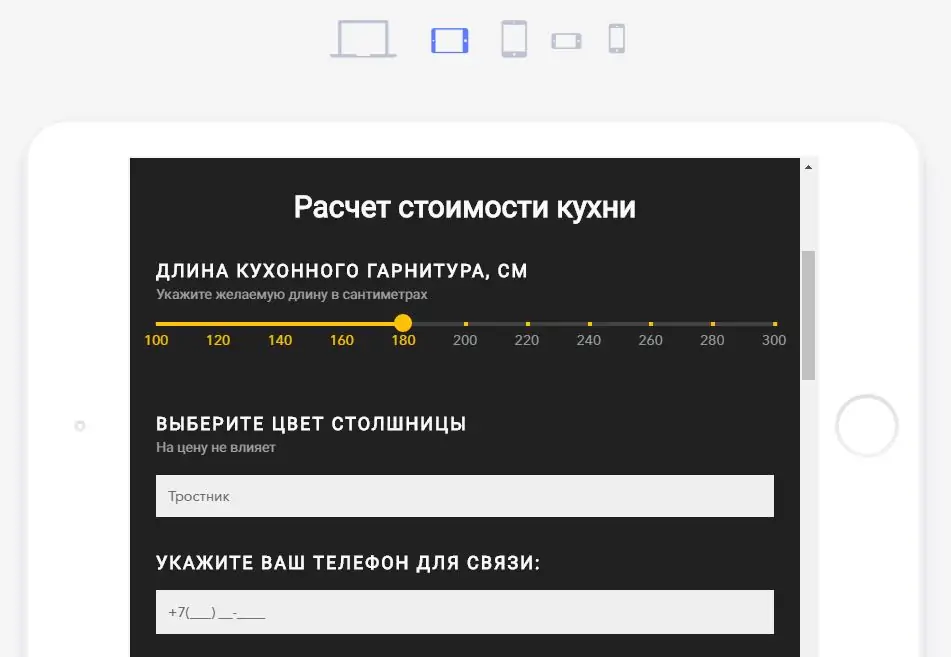- Author Lauren Nevill [email protected].
- Public 2023-12-16 18:48.
- Last modified 2025-01-23 15:15.
For many, the question of creating a website is associated with the ability to program or possession of other special skills and knowledge. However, not everyone knows that many web services work on the Internet, so-called constructors, which allow you to independently create a website from ready-made layouts absolutely free of charge. In addition to this, they offer you a domain name (usually a subdomain) and hosting a website on their site (hosting services).

Instructions
Step 1
Select a constructor. Use the capabilities of search engines, for example, Yandex, to find and select the website builder you like. All free builders, as a rule, have the same features and have minor differences. For example, ucoz.com, ru.wix.com, nethouse.ru are popular in the Russian segment of the Internet, and weebly.com, yola.com, imcreator.com are popular in the foreign segment. Take a look and explore several builders to find the most suitable web design and hosting environment.
Step 2
Register. Typically, before you start designing a website, you will be asked to register with a specific builder. To register, it is enough to have an e-mail address and fill out the appropriate form. At the end of the procedure, a letter with confirmation of registration and other information (for example, login and password to enter) will be sent to your specified mailbox. Then you can start working with the constructor.
Step 3
Start creating. Most of the constructors are similar and the stages of creation are approximately the same. The first thing to start with creating a website is choosing its template (web design) from the gallery or self-design by placing ready-made blocks. Then you need to decide on the structure - decide which web pages should be present (for example, home, about yourself, gallery, contacts). The next stage is filling with material (texts, images, etc.). After filling, everything must be saved and then published. Refer to the reference information for the constructor you are using if you have any difficulties.
Step 4
Make the setting. Site settings, as a rule, allow you to connect your own domain or select a subdomain in the design zone, define the conditions for hosting the site, restricting access and other details. Usually, the number of settings is kept to a minimum, and hints are located opposite each of them. After finishing editing the settings, you need to apply them.






